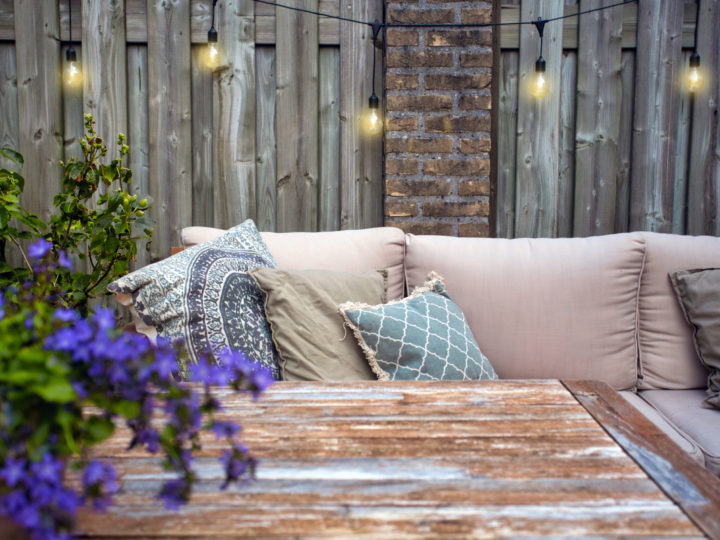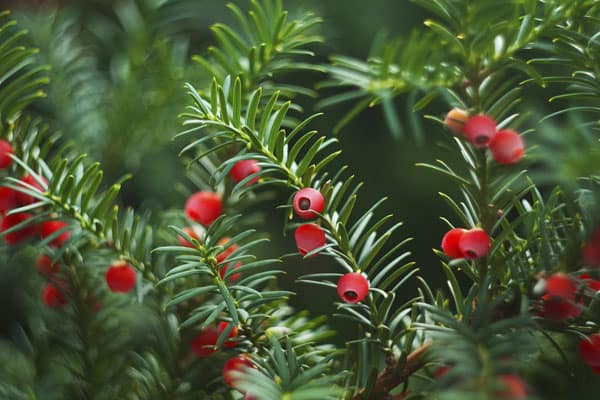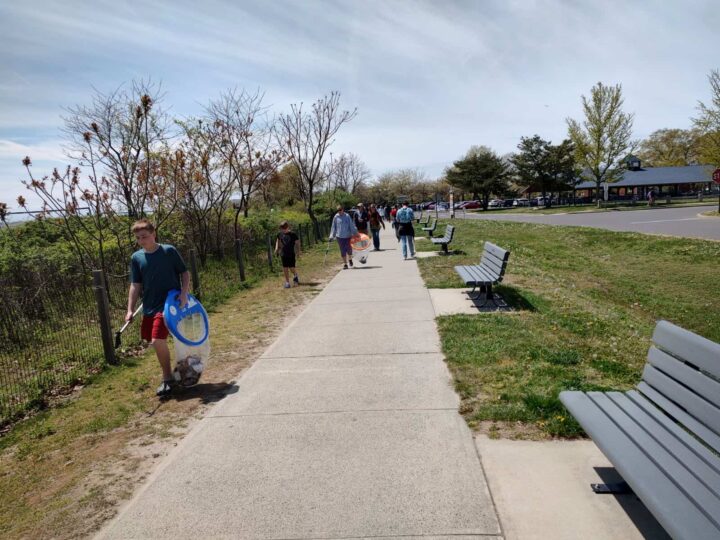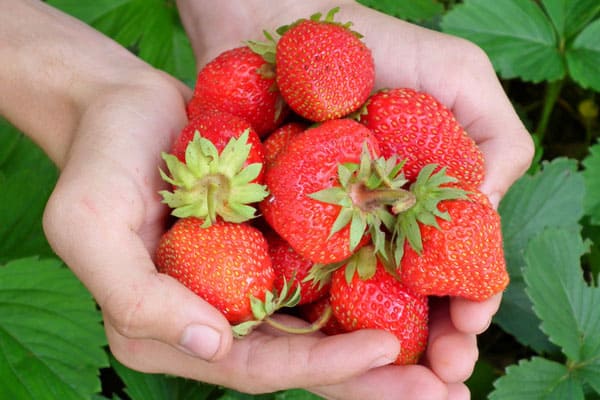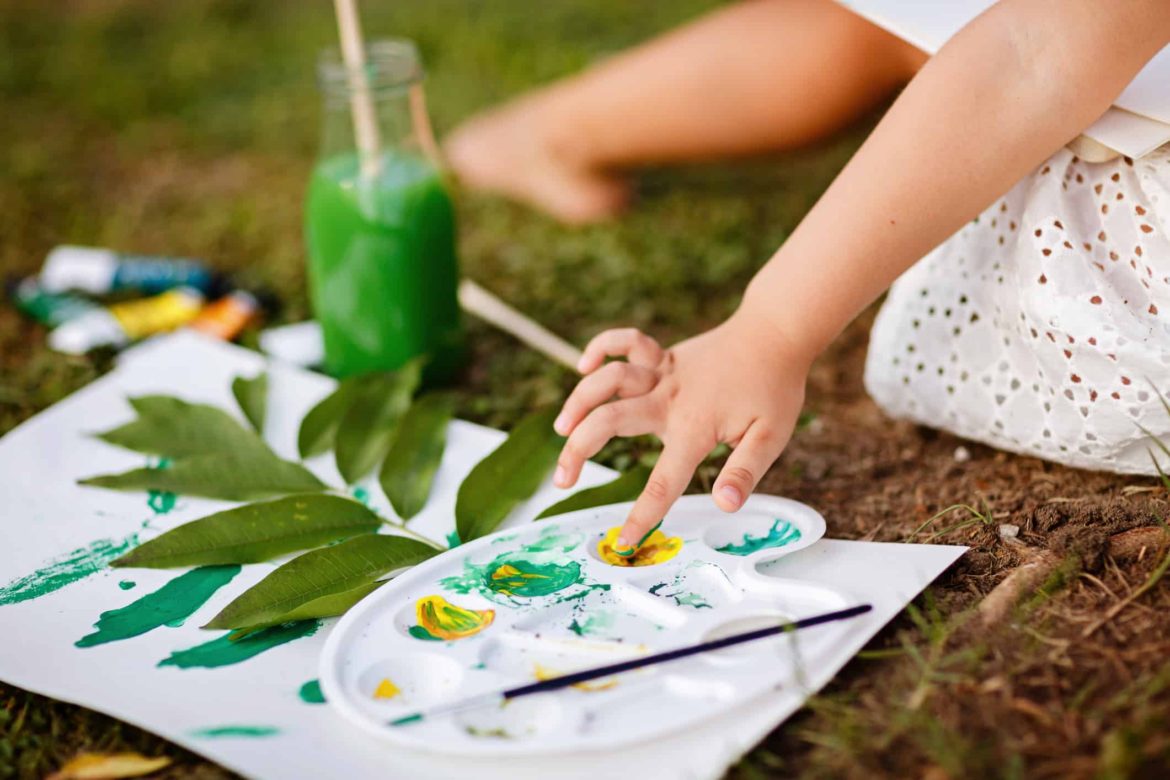
When winter finally thaws, the earth will begin to regrow. The grass gets greener, the air gets warmer, and nature’s rainbow of color returns. The onset of spring brings a new wave of inspiration and motivation, making it the perfect time to rediscover the artist that lives within us all, no matter what age. Because when the ice finally melts, the tools for creation are back in reach.
While taking a pencil to paper may be the classic way to create a work of art, why limit your kids or yourself to the traditional tools from the supply closet. By venturing into your backyard, young artists can discover a whole new realm of the art world.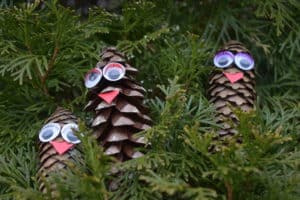
That fallen pinecone is not just a former home of seeds but the body of a feathered owl. Search for the perfect specimen at a park or in your yard—any shape or size works—and add googly eyes and a paper beak to “flesh out” the face. These creatures are fun, simple to make, and can easily grow into an owl family.
Dandelions are not just perky little weeds (what I prefer to call flowers in their yellow stage); they’re a fan brush for creating a portrait. Collect a bouquet of different heights and stages of growth, making sure to pull from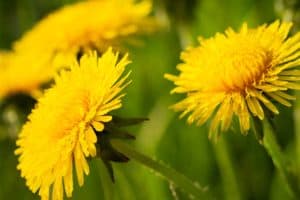 the root (to clear the yard more permanently). Try stamping the open-faced yellow petals onto paper and dragging the green buds like a brushstroke. Don’t be afraid of petals sticking to your canvas; they remind you how nature made the masterpiece.
the root (to clear the yard more permanently). Try stamping the open-faced yellow petals onto paper and dragging the green buds like a brushstroke. Don’t be afraid of petals sticking to your canvas; they remind you how nature made the masterpiece.
Play with what is available; ferns are a perfect stamp for textured painting. Collecting the leaves of different trees will add variety; the never-the-same spidery veins create patterns that, when coated with paint, are revealed on the canvas. Experiment with different orientations to make an abstract piece or find something realistic in the design by using a marker or a pen to trace over the prints.
My favorite thing to do with nature is to collect many fallen items and combine them in any way that speaks to me, resulting in a stunning mixed-media-style project. Collect fallen sticks, leaves, seeds, petals, and scraps from mulch beds and patches of grass to make a pile of different shapes, colors, and textures before laying the treasures out on the pavement. Encourage the artist to observe the items and think about how they appear in nature. An oak leaf was attached to a tree branch, surrounded by other oak leaves and branches stemming from a single trunk. Or the petals used to fit harmoniously together to create a full rose. Try to arrange these treasures to resemble how they once naturally occurred, even warping reality by replacing the true item with another (for instance, using grass blades as flower stems).
The beauty of this project is that it can be arranged and rearranged as many ways as inspired minds can fathom, adding and taking away elements until little artist fingers need to rest. If an orientation turns into a masterpiece, let the grown-up fire up the hot glue gun to ensure some permanence. 
Never forget that nature is constantly evolving and changing, so it’s okay for the artwork to do the same. You’ll never see the same thing twice, even if the same cherry blossom tree blooms every April in your front yard, or the same wild onion grass sprouts through the mulch bed. Let creativity flow and grow the way the Earth does.
—Hayley McNish

